Most viewed
-
Fat Burning

Unlock Your Fitness Potential with High Intensity Interval Training (HIIT)
Unlock Your Fitness Potential with High Intensity Interval Training (HIIT) Are you uninterested in spending…
-

-

-

-


Unlock Your Fitness Potential with High Intensity Interval Training (HIIT) Are you uninterested in spending…
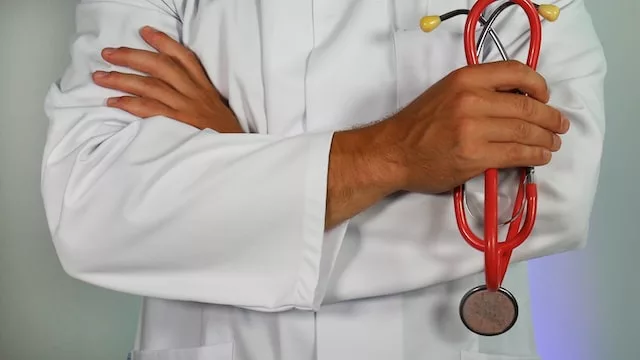
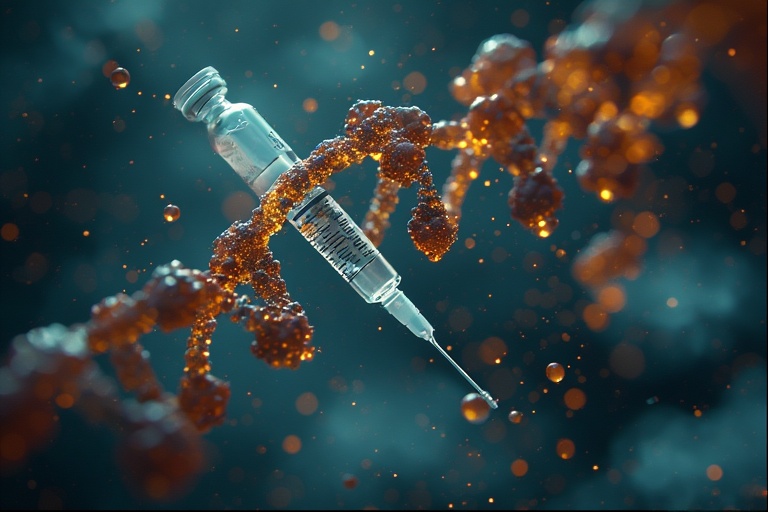

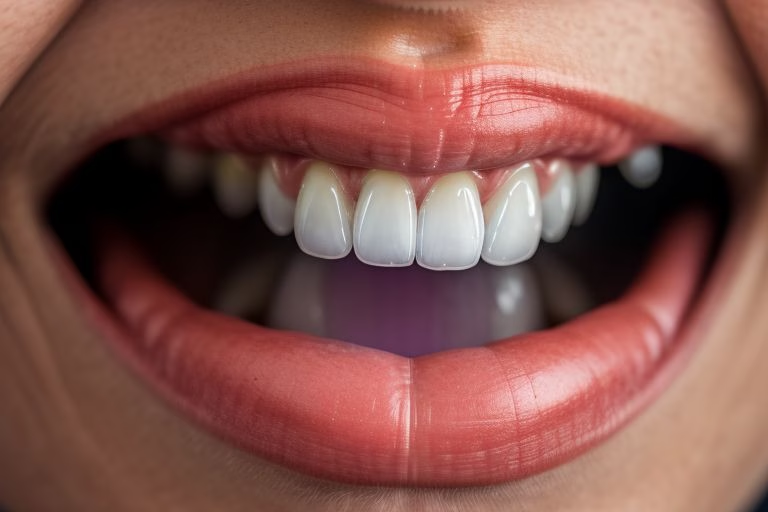

Weight training for weight loss has become one of the most popular and effective ways to not only shed excess…
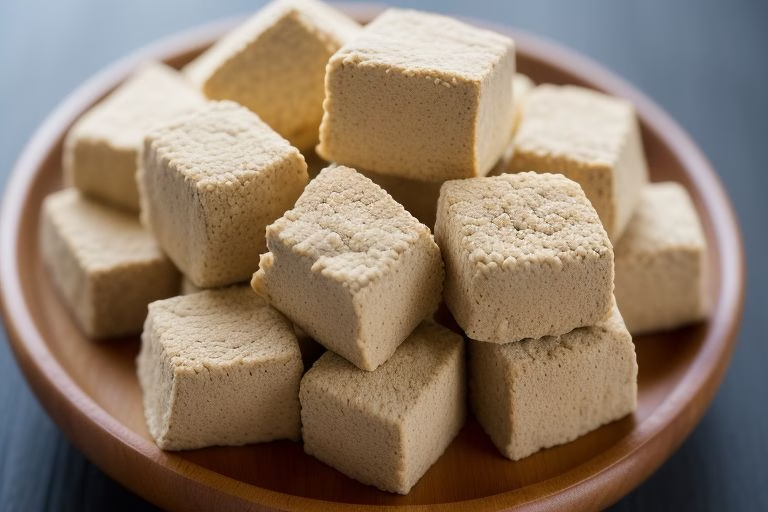
Soya chunks have rapidly become a favorite among health enthusiasts and vegetarians alike—and for good reason. If you’ve ever wondered,…

I Thought I Was “Fine”… Until I Collapsed in the Produce Aisle 🛒 It was a Tuesday. Hot, muggy, one…

Snoring has been a frustratin issue for many peple around the world, affectin not just the quality of sleep but…

Feeling constantly drained, overwhelmed, and just “done” with everything? You’re not alone. Burnout has quietly become the silent epidemic among…
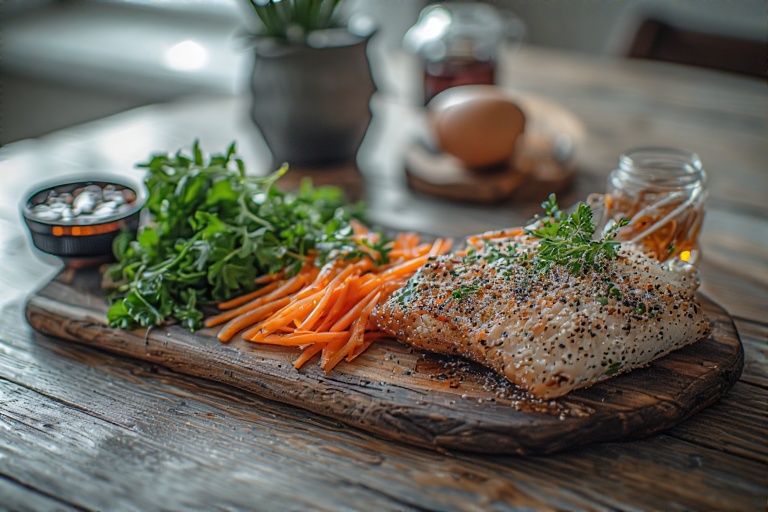
Intermittent Fasting Vs Calorie Restriction: 7 Hard Truths I Learned I Didn’t Trust Either of Them (But I Was Desperate)…

Gambling addiction can feel like a never ending spiral that drags you down, but there are uplifting ways to overcome…

Smartphones are everywhere. Whether you’re texting, scrolling, gaming, or watching videos—your phone probably never leaves your side. But here’s something…

Say Goodbye to Hangovers: 9 Essential Supplements Before You Drink!